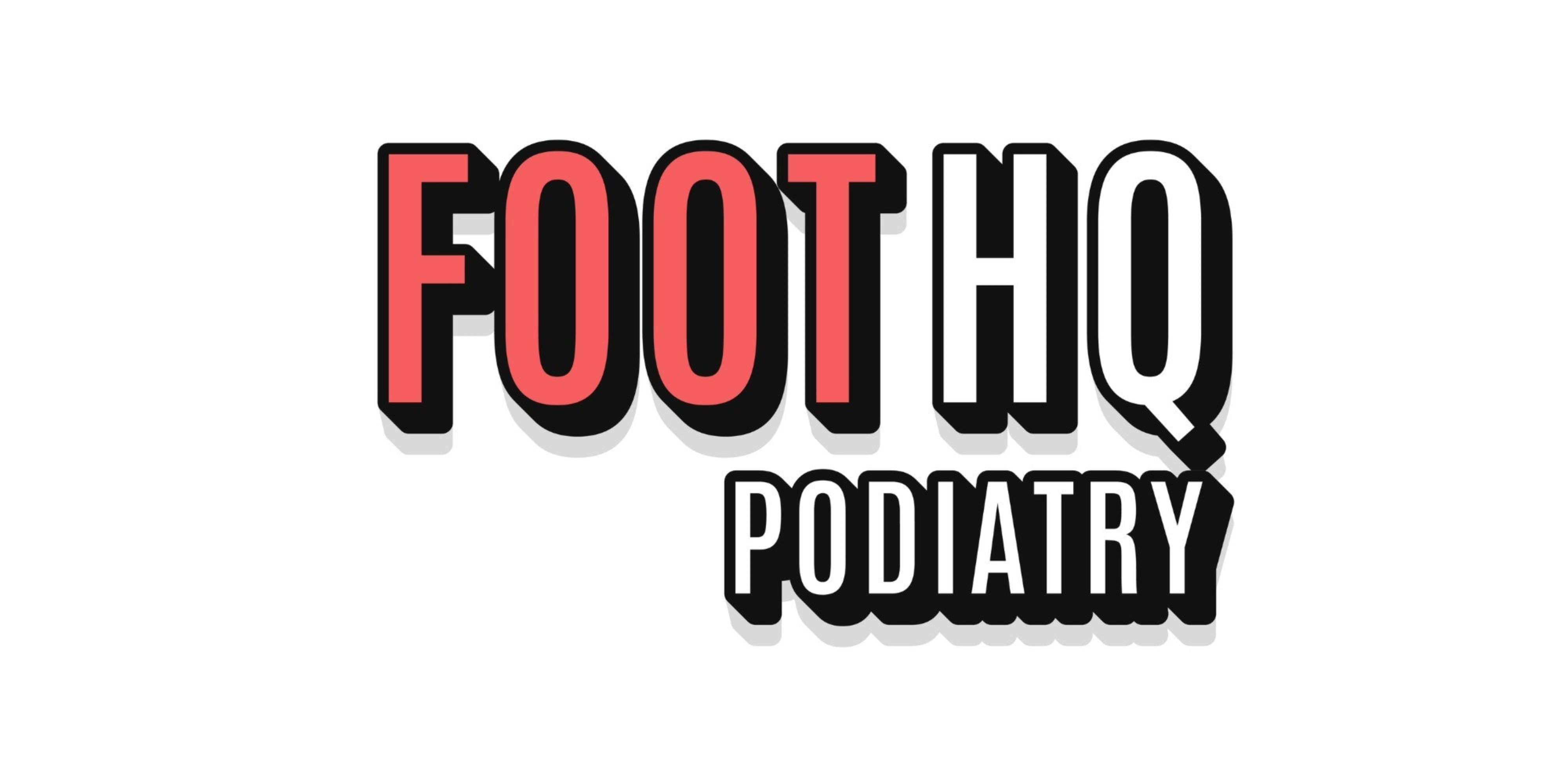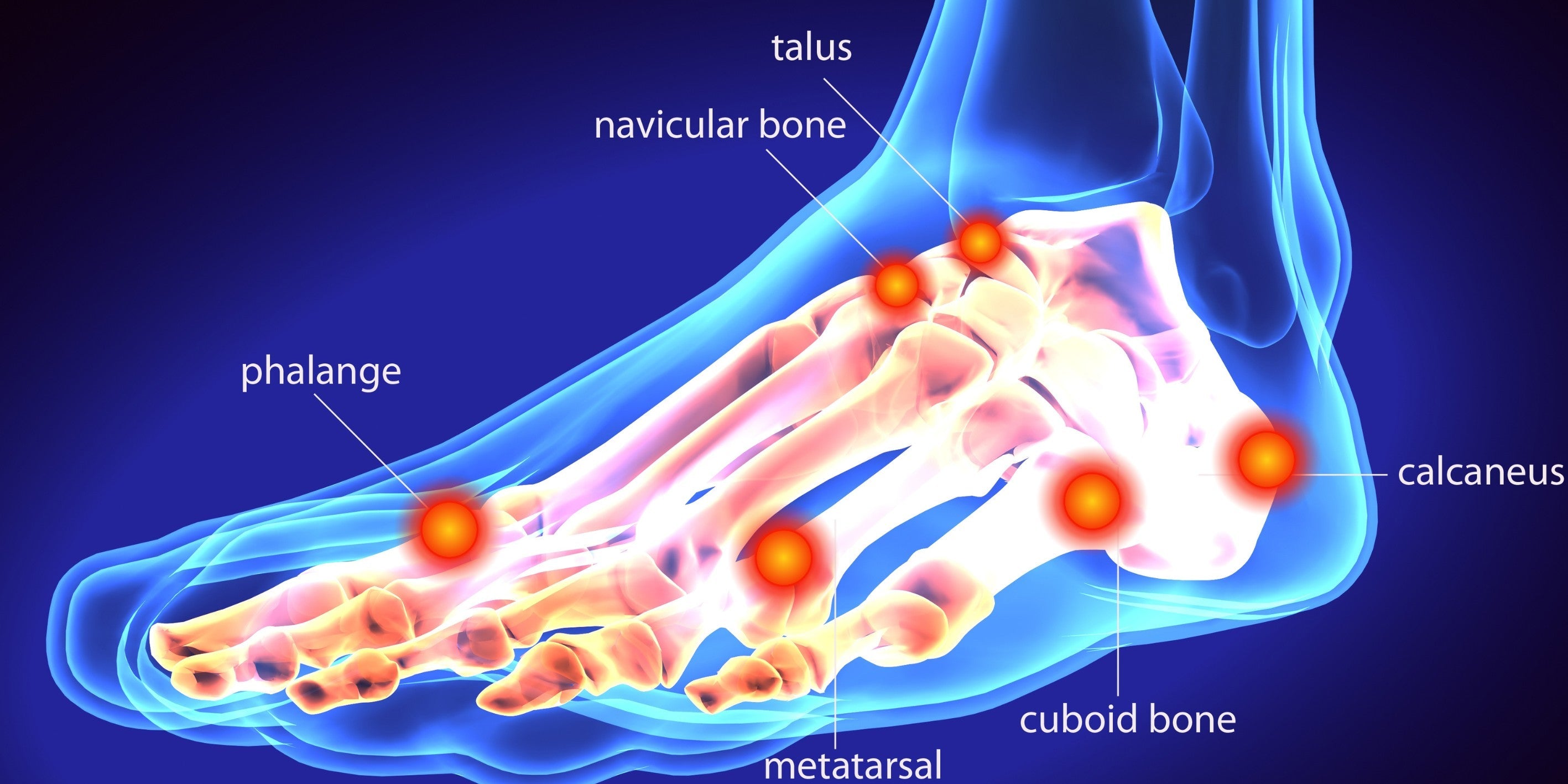Foot bursitis is a common condition that can cause pain and inflammation in the bursae, which are small, fluid-filled sacs located near joints and tendons. Bursitis can be caused by overuse, trauma, or certain medical conditions.
What are the symptoms of foot bursitis?
The symptoms of foot bursitis can vary depending on the location of the bursa that is affected. However, some common symptoms include:
- Pain and tenderness
- Swelling
- Warmth and redness
- Limited range of motion

What causes foot bursitis?
Foot bursitis can be caused by a number of factors, including:
- Overuse: Repetitive activities, such as running or jumping, can put stress on the bursae and lead to inflammation.
- Trauma: A direct blow to the foot, such as from a fall or accident, can also damage the bursae.
- Medical conditions: Certain medical conditions, such as rheumatoid arthritis and gout, can also cause bursitis.
Treatment options for foot bursitis at Foot HQ Podiatry
At Foot HQ Podiatry, we offer a variety of treatment options for foot bursitis, including:
- Rest: One of the best ways to treat foot bursitis is to rest the affected foot and avoid activities that aggravate the pain.
- Ice: Applying ice to the affected area can help to reduce inflammation and pain.
- Elevation: Elevating the affected foot can also help to reduce inflammation.
- Footwear modification: Wearing supportive shoes and avoiding shoes that put pressure on the affected area can also be helpful.
- Orthotics: Orthotics are custom-made shoe inserts that can help to improve foot alignment and reduce stress on the bursae.
- Medication: Over-the-counter pain relievers, such as ibuprofen or acetaminophen, can be used to reduce pain and inflammation. In some cases, stronger medications, such as corticosteroids, may be necessary.
- Joint Manipulation: Physical therapy exercises can help to strengthen the muscles around the affected joint and improve range of motion.
- Shockwave therapy: Shockwave therapy is a non-invasive treatment that uses high-energy sound waves to promote tissue healing. Shockwave therapy has been shown to be effective in reducing pain and inflammation, and improving function in people with foot bursitis.
- Laser therapy: Laser therapy is another non-invasive treatment that uses light energy to stimulate tissue healing. Laser therapy has been shown to be effective in reducing pain and inflammation, and improving function in people with foot bursitis.
Advantages of shockwave therapy and laser therapy to speed up recovery from foot bursitis:
- Both shockwave therapy and laser therapy are non-invasive and effective procedures.
- They are well-tolerated by most patients.
- They can be used to treat a wide range of bursitis conditions, including metatarsal bursitis, intermetatarsal bursitis, and retrocalcaneal bursitis.
- They have been shown to be effective in reducing pain and inflammation, and improving function in people with foot bursitis.
If you are experiencing foot bursitis, talk to your podiatrist about the best treatment options for you. At Foot HQ Podiatry, we offer a comprehensive range of treatments, including shockwave therapy and laser therapy, to help you recover quickly and get back to your normal activities.
Call Foot HQ Podiatry today on (02) 8520 8818 to book an appointment.
Hope you've learnt something valuable from this blog. Feel free to share it with someone you know who's suffering from foot bursitis.
Aba
Podiatrist



Share:
How to Choose the Right Ankle Brace for Basketball: A Complete Guide
Stepping Up: Why Every Basketball Player Needs a Podiatrist on Their Team